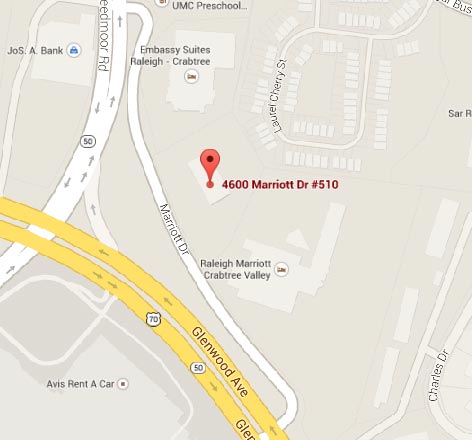You’ve probably heard of the Maker Movement in recent years. With articles like “Maker Movement Conquers the Classroom” and TED talks like “We are Makers,” it is hard to deny that making is the flavor of the month. But what is it and how does it fit into education?
Making has many names: tinkering, hacking, inventing, engineering, creating. Whatever you call it, it’s really about a non-consumerist, do-it-yourself mentality.
Making Comes Naturally
This is not a new idea. Humans make things — it’s what we do. Maybe it’s encoded in our genes, but we alter the environment in which we live to serve our own purposes. We also pass down the cumulative history of human making to our offspring; they pick up where we left off. Now new technologies have reinvigorated the art of making, providing easier and cheaper access to tools for designing and prototyping solutions to authentic problems.
Whether you ask them to or not, many students create outside of the classroom. My son discovered Minecraft when he was nine. After playing the game for a few months, he began creating and sharing “mods” with his friends (for you non-gamers, mods are when users make modifications to Minecraft, essentially adding content to the game). There was never a discussion where I said “you should learn how to code and create content for a video game.” He just woke up one day with an interesting idea to improve his game and acted on it.
Encouraging Makers at School
What about creating in the classroom? “Creating” often appears alongside “synthesizing” in Bloom’s taxonomy as a higher order cognitive process. Sometimes this is a purely intellectual endeavor, putting together ideas into a coherent whole.
But it can also be a physical endeavor where students actually create something new. If you engage students in designing solutions to problems, a natural next step is to actually provide time, space, and tools to create prototypes of their design.
There’s the evil word: time. We never have enough of it, I know. But if you start small, incorporate making into one unit, I believe you will find it to be a valuable learning experience and worthy of further exploration.
Makers at Scaling STEM
The theme for this year’s Scaling STEM: Strategies That Engage Minds conference is “Design. Create. Inspire.” We will hear from educators how they have engaged their students in making and inspired them to be creators not just consumers of content. We are also featuring a Creator Fair to showcase the amazing ideas that the Maker Movement has sparked within North Carolina and the potential that inventing and hacking in the classroom presents.
How have you engaged your students in creating? Share your ideas with us in the comments below!



















